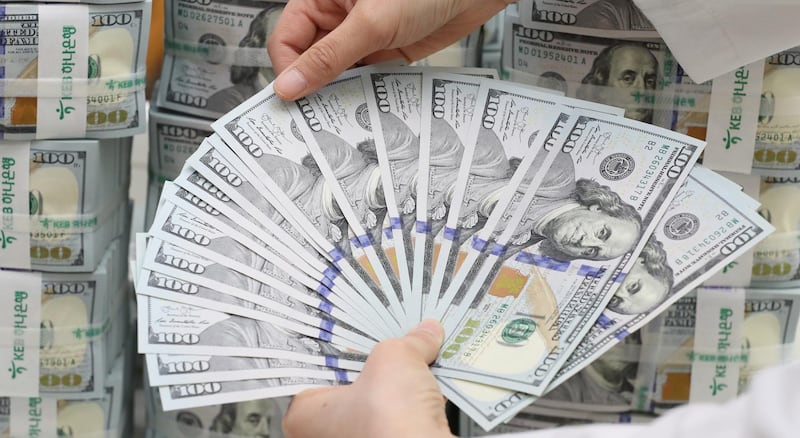The financial year is entering its final stretch with the fourth quarter promising strengths and weaknesses for gold and the US dollar. The assets are locked in a battle between bullish rate-hike expectations by the Federal Reserve versus bearish fears over contagion effects stemming from growth-and-debt threats in the emerging markets.
After a long decline during the summer months, gold is finally looking up as spot prices hover around the $1,200 level. The tentative gains are on the back of emerging market concerns as the Turkish lira continues to plumb new depths. At the time of writing, the currency is worth just $0.15 as the sell-off continues amid lower growth expectations and geopolitical tensions.
Elsewhere in the emerging markets, capital outflows and national debt default fears are raising even more alarms. News agendas in the global financial media prioritise debt crises in Argentina, India, Brazil and Indonesia, exacerbating investor fears and capital outflows to safe havens.
Earlier this month, the Bank of Indonesia had to intervene to stem massive losses in the rupiah’s value. The rupiah is now approaching record lows last seen in the late 1990’s.
It looks like the pre-2007 hierarchy of developed versus emerging economies is trying to re-exert itself amid a new set of circumstances unique to 2018. One new factor is US protectionism blocking commodities like steel and aluminium from emerging markets like China, meaning a possible impact on GDP in this developing economy. It seems clear that the grace period when emerging economies benefitted from low US interest rates is now over.
The capital inflows they enjoyed between 2008 and 2018 are being pulled out in favour of higher-yielding dollar-denominated assets. In addition, trade tensions and a growing distance between the US government and former strategic allies like Turkey and the European Union are adding an uncomfortable element of instability.
___________
Read more:
Expect volatility as Opec challenges shale on the supply front
Two dominant factors to influence oil markets this year
___________
The shift in the balance of power in the global economy triggered a significant safe-haven attraction to the dollar and a sell-off for zero-yield gold-linked assets. Dollar-denominated instruments are attracting heavy interest, resulting in a show of strength in the currency markets. Federal Reserve chairman Jerome Powell continues to signal further rate increases based on GDP growth in the US economy, apparently justifying the dollar bulls’ optimism.
Still, weakness in emerging markets could easily come back to bite at global growth as it did in the 1998 Asian financial crisis, which spread investor panic well past its regional footprint. The crisis back then began when Thailand’s central bank unpegged the Thai baht from the much stronger US dollar. The move triggered a series of devaluations in many Asian markets, knocking onto international stocks which fell by as much as 60 per cent, impacting developed economies’ growth.
Any signs of emerging market contagion spreading into mature markets would likely be bullish for gold and bearish for the dollar, judging by the precious metal’s stealthy rise.
Looking ahead to the fourth quarter, I’m watching for danger signs in any of the key emerging markets in Asia, starting with China and India. The same goes for any signs of defaults in the emerging markets’ sovereign debt instruments or black swan events like currency de-pegs or banking sector crashes. It’s a key moment for the global economy, balanced on a knife-edge between US dominance and emerging market weakness.
Hussein Sayed is the chief market strategist at FXTM






